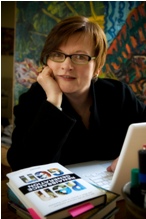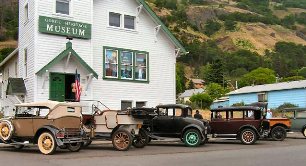
Mr. Eric Booth
Answering the Charge of "Fluffheadery"
Posted by Sep 14, 2011

Mr. Eric Booth

Eric Booth
In response to Mark Slavkin’s post...in the great gamble of arts learning, I see the issues your blog post raises, and raise you one.
Along with Mark, I not only challenge us to make sure we can walk our talk, and actually deliver the results we claim, but I think even our talk is problematic.
As Mark points out, we make a number of claims about the learning benefits we deliver to kids and to those who leave schooling and enter the workforce--benefits like “creativity.” I observe that we don't even know what we really mean with keywords we use. I have encountered very few arts educators who can give a good answer to this question: Tell me which specific skills of creativity you develop in young people, and how you are sure of your claim?
Few can even name the few key skills they prioritize, or present clear evidence of skill development, apart from some excellent individual cases they tend to cite.
Read More












































